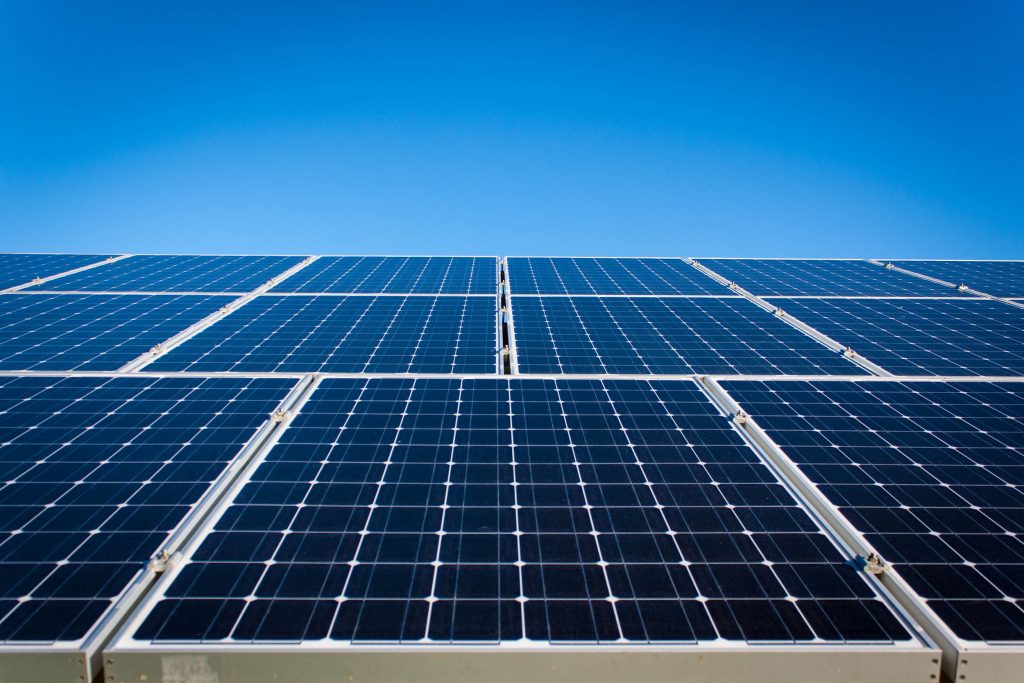
Right now, the speed that technology is developing and the increasing affordability of renewables are at a really exciting stage. There is wind, solar, hydro, geothermal and other renewables mixing with energy storage with batteries, hydro as well as the sci-fi sounding molten salt for solar power.
The variety of renewables and storage now available is great news. There is considerable evidence to encourage the thought that through a mixture of sources, it’s possible to produce dependable, cost-effective energy which doesn’t mess the planet.
At present, a lot of renewable energy (about a fifth) from Australia is really coming out of our own houses — that is, rooftop solar. Even though this can feed back into the grid, larger-scale jobs are crucial to raising the quantity and diversification of renewable energy generation.
There are some large-scale renewable projects already occurring in Australia or planned soon. By way of instance, South Australia now hosts the world’s greatest lithium ion battery. Built by a major company that we invest in, the battery not only increases the security of electricity supply, in its first quarter of operation it reduced the nation’s cost of energy supply at $33 million.
In early 2018, you will find over a dozen wind farm jobs actively practising in Australia, and 21 big solar projects now under construction. The Clean Energy Regulator has announced that there are now enough jobs committed to meet the 2020 Renewable Energy Goal.
Australia’s renewable energy projects hope to add over 10 gig watts of electricity to grids, and consumer preference for clean energy might change rapidly. Apart from coal and gas, at least 15% of the electricity supply comes from renewable energy. Biomass, hydro, wind, solar, and gas technologies are being used to check climate change concerns, and stimulate economic activities. However, the effort by investors, capital market, and policymakers on renewable energy independence need to improve for more benefits.
Reaching the Target
While ensuring policies that sustain renewable energy development, the Australian government is committed to the 33 terawatt-hours (TWh) Renewable Energy Target. The desire for expansion has prompted massive investments in large-scale renewable energy projects. With 14 per cent of electricity generation coming from non-fossil fuels, renewable-powered grid systems will reduce the cost of electricity bills. Stakeholders must optimise large-scale investments in renewable energy before 2021. It’s this strategy that can help stakeholders to reach the target of future electricity demand from households and big business consumers such as the Docklands stadium in Melbourne. However, some viable sources of renewable energy include hydropower, solar photovoltaics (PV), and wind farms. Others are bioenergy, natural gas, and rooftop solar panels.

Analysing Australia’s Renewable Energy Target (RET)
Every geographical location in Australia enjoys one of the highest solar radiation intensity per square meter. This natural resource and renewable energy can increase the percentage of solar power consumers. Unlike wind turbines with noisy mechanical parts, solar installation works quietly. However, solar is an intermittent source of electricity and doesn’t produce at night. According to the Australian Energy Market Commission, coal has the largest share of electricity consumers. While Bioenergy is 1%, generation from coal is 13% and 13% for natural gas.
At 2%, it will take much effort for the government to increase the use of solar panels over coal-fired power stations. While focusing on government policies, the Renewable Energy Target master plan can improve investments in renewable energy projects such as solar PV, rooftop solar, wind, and biomass technology. It’s an ideal method of protecting our environment and the future of unborn generations in Australia.
The LRET and SRES Policies
The LRET policy from Australia’s government focuses on adding 33,000 gigawatt-hours (GWh) to the grid by the end of 2020. Of all benefits for consumers, analysts predict an increased production capacity for the manufacturing sector. With this government policy, investor confidence in the economy will be renewed. There are two schemes of this policy, let’s have a look and analyse them.
Large-scale Renewable Energy Target (LRET)
Non-renewable sources and natural gas can take the share of coal in Australia’s electricity consumption market. As a strategic intention to boost the use of clean energy, the Large-scale Renewable Energy Target (LRET) focuses on commercial buyers. Manufacturing, transport, mining and other premium consumers of renewable energy such as the Melbourne city conference centre can purchase a fixed demand for electricity. These high-energy consumers will obtain large-scale generation certificates (LGCs) from renewable energy power plants. By supplying their ‘LGCs,’ bulk users of electricity will meet specific LRET obligations. Also, this LRET scheme will improve battery technology to store electricity from rooftop solar panels.
The Small-scale Renewable Energy Scheme (SRES)
Australia needs to shore up its renewable energy potential to support the fossil fuel-powered electricity grid. With the Small-scale Renewable Energy Scheme (SRES), investors and consumers can access funds. Importation of equipment, manufacturing of small-scale renewable energy systems, and installation of power plants need funding. So, the SRES provides incentives for stakeholders in the form of small-scale technology certificates (STCs). They will acquire specific tokens of STCs and comply with Renewable Energy Target (LRET) policy. Every STC expires in 2030; so, private and commercial energy users can benefit from rooftop solar systems, wind farms, and non-fossil fuels.